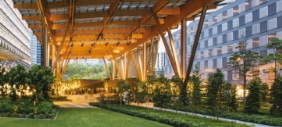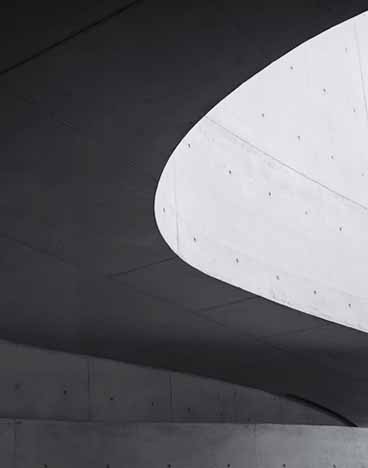2023.12.11 Material
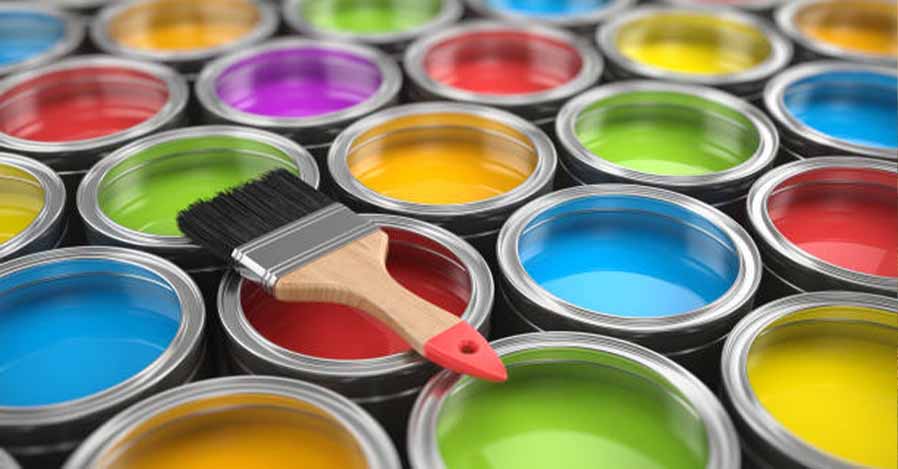
What Defines Sustainable Colours?
-Selecting Colours from a Sustainable Perspective-
There is a close relationship between sustainability and the colour of buildings.The selection of colours for buildings is a factor that influences sustainability in various aspects, such as environmental impact and energy consumption. Choosing sustainable colours minimizes the impact on the environment and contributes to a sustainable future.
Tips for Choosing Sustainable Colours 1: Fade-Resistant Colours and Pigments
Choosing colours that won’t fade easily reduces the frequency of building maintenance. This not only
brings the benefit of future cost reduction, but also reduces environmental impact and contributes
to resource conservation.
A crucial factor here is the use of sustainable inorganic pigments.
Paints are composed of resins, extender pigments, coloured pigments, additives, solvents, etc.
“Coloured pigments” play the role of adding colour. They are coloured powders that are essential for
colouring paints/coatings.
Coloured pigments have several characteristics.
Typical types of coloured pigments
Inorganic Pigments: White, black, brown, ocher
Organic Pigments: Green, blue, purple, red, orange, yellow

| Inorganic Pigments | Organic Pigments | |
|---|---|---|
| Colour tone | Calm/Soft | Vivid |
| Weather resistance | Excellent | Poor |
| Hiding power | High (hard to see through) | Low (easy to see through) |
- Coloured pigments include inorganic pigments and organic pigments.
- Inorganic pigments can produce relatively calm/soft colours, but organic pigments can achieve vivid colours.
- Inorganic pigments have better weather resistance than organic pigments.
- Inorganic pigments are difficult to see through, but organic pigments tend to be easy to see through.
Based on the above, sustainable colours that won’t fade easily are primarily composed of inorganic pigments and contain minimal amounts of organic pigments.
Tips for Choosing Sustainable Colours 2: Countermeasures against Fading

Choosing a colour from standard colours
Standard colours shown in the catalogues for exterior products can be expressed using a range of
representative pigments, and are sustainable colours that do not easily fade. However, please be
careful that some products and colours may contain a large amount of organic pigments.
For exterior, it is recommended to choose a colour from sustainable standard colours.
Avoiding vivid colours
Vivid colours (red, yellow, etc.) tend to fade easily. So it is best to avoid such colours as much as possible, unless they are particularly necessary.


Highly weather resistant products
Choosing highly weather resistant paints/coatings such as silicone resin and fluorine resin
based paints is also important to prevent colour fading.
If you want a vivid colour with a high proportion of organic pigments, selecting a product with
high weather resistance can help reduce colour fading due to deterioration of the paint
film.
Using products that last as long as possible, such as highly weather resistant paints, not only
reduces the frequency of repainting but also contributes to a sustainable future by conserving
resources and reducing waste.
Dirt resistant paints/coatings
By choosing environmentally friendly and dirt resistant products, you can maintain the beautiful appearance of your building for a long time.


Choosing colours that fade less noticeably
Vivid colours like red are originally dark. When they fade, they become more noticeable. Lighter
colours are less noticeable.
However, although white colour does not easily fade, it tends to show dirt more prominently. So
you need to consider the advantages and disadvantages. Generally, cream and beige colours are
less likely to show fading and dirt.
Other Important Points
When choosing colours from a sustainable perspective, there are additional points to keep in mind.
The perception/appearance of colour varies depending on the light. If you only check the colour sample
indoors, the actual colour may differ. So we recommend checking outside as well. However, depending on
the weather and time of day, the intensity and direction of the light may vary, leading to different
perceptions. For example, on a sunny day, there is a lot of sunlight and the reflectance of light is
high, so the whole area looks brighter. Therefore, it is better to check how it looks under various
times and environmental conditions.
For Sustainable Future
The colour of buildings and sustainability, at first glance, may seem unrelated, but they are closely related. Understanding the characteristics and countermeasures related to colour can help reduce future maintenance costs and environmental impact. By selecting colours thoughtfully, it becomes possible to achieve more sustainable and efficient buildings, contributing to a sustainable future.
More Information
Products info by themesColumn categories
Access Ranking
Portal categories
Access Ranking

Functional
2024.02.28
Fair-Faced Concrete and Sustainability - Open up New Possibilities of Fair-Faced Concrete -
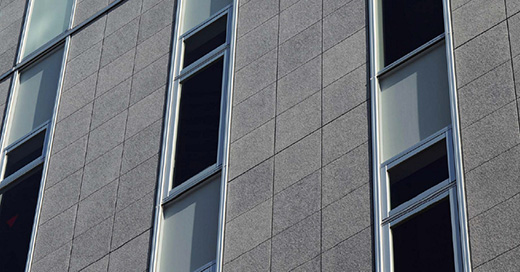
Material
2023.01.20
What are the advantages of expressing with a textured product instead of using natural stone?

Functional
2023.12.01
Relationship Between Paints and Sustainability
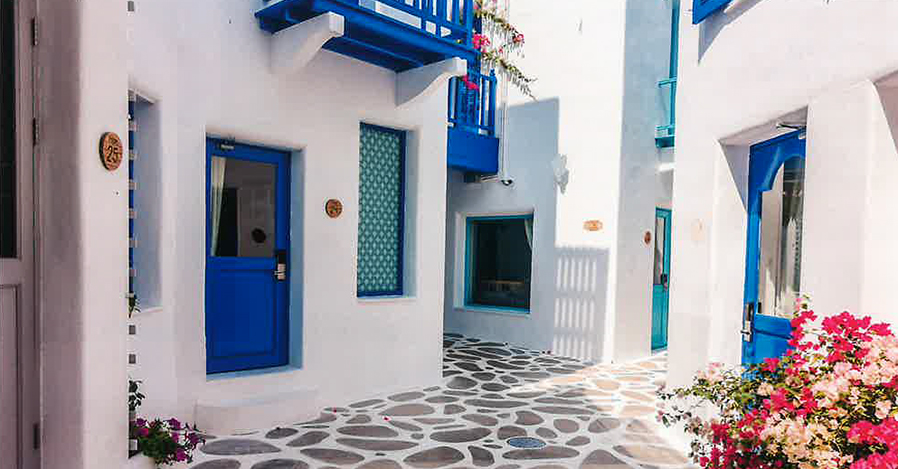
Functional
2024.01.29
Functionality and Sustainability 1 -Stop Dirt & Stains on Exterior Wall! -

Material
2024.04.03
Rich Colours and Designs Are the Key! -Sustainable Design-

Architecture
2024.04.03


